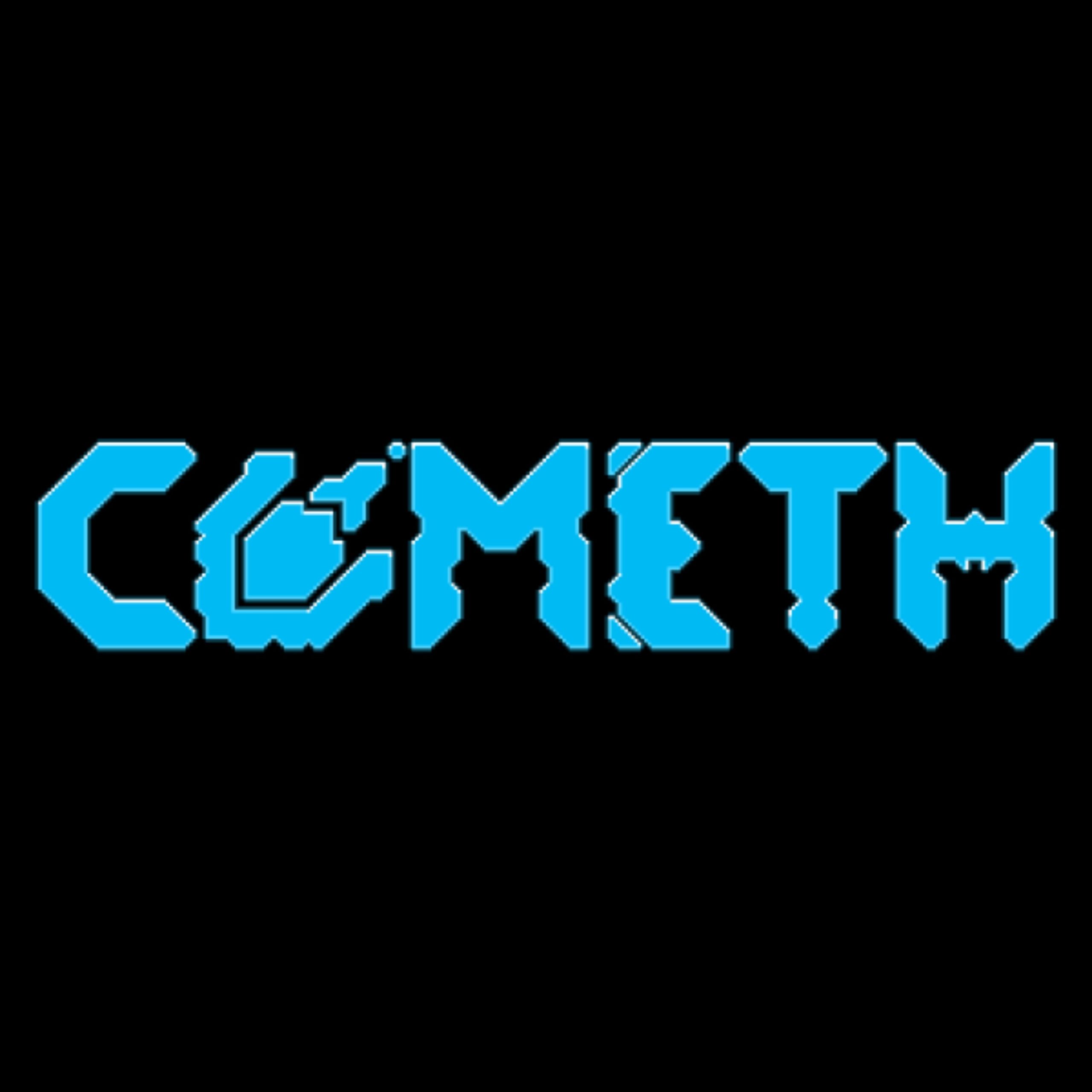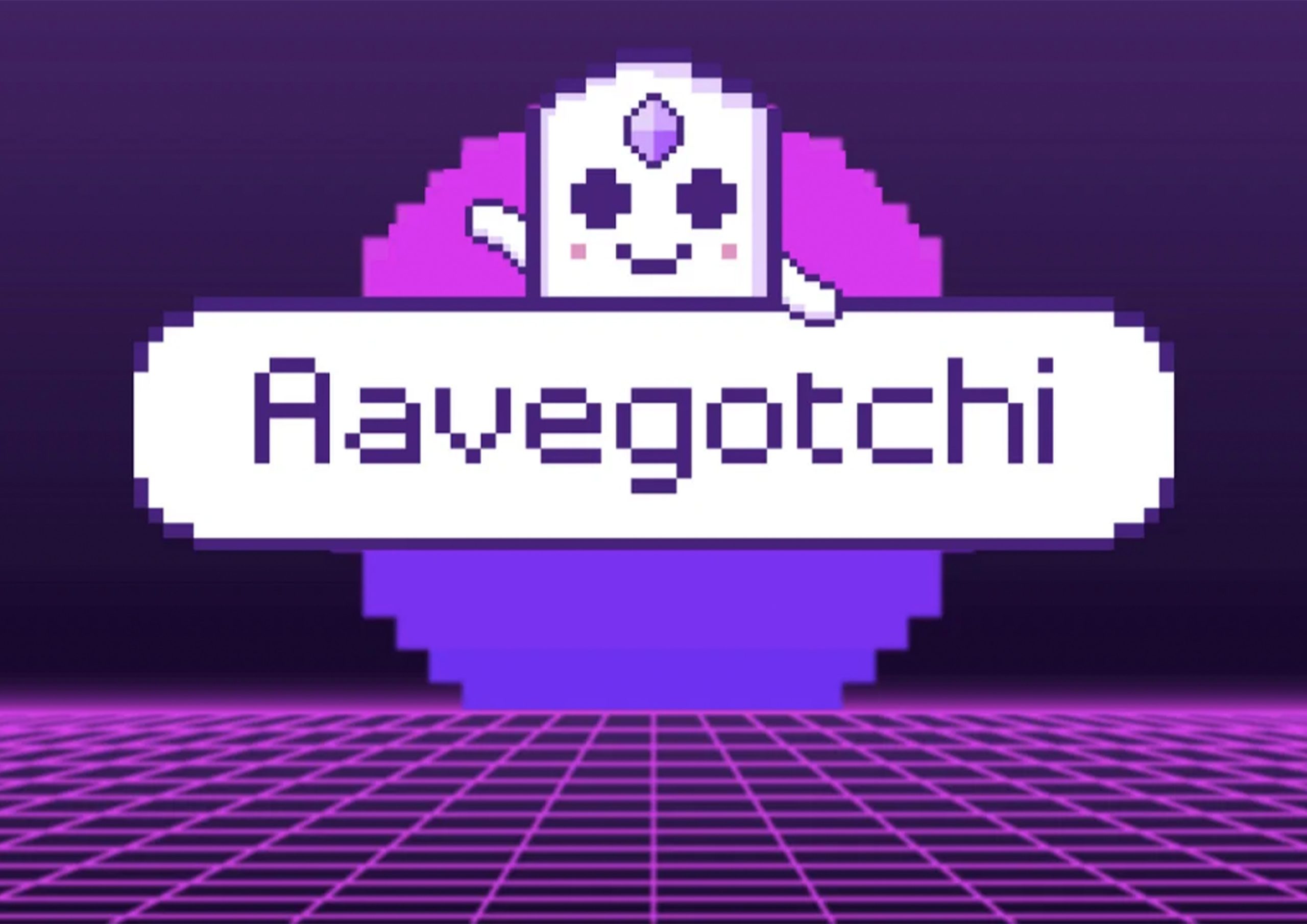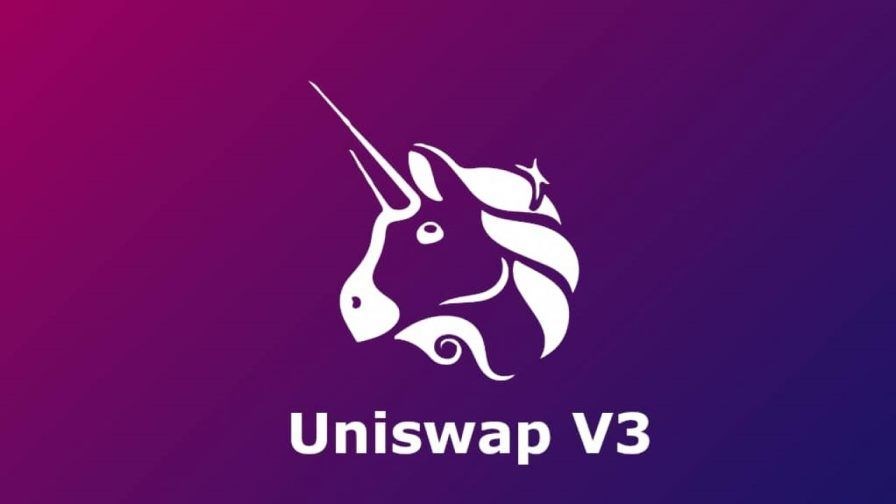
Intro to DeFi
If you have been in the crypto environments at all, then you have heard of Decentralized Finance (DeFi). It automates some of the traditional finance mechanisms via decentralized smart contracts. In the DeFi system, the economy only moves through users. Some of its features are:
- Borrowing – Borrowing
- Lending – Making tokens available
- Staking – Placing
- Swap – Exchange one token for another
Lending and borrowing are always done with a variable rate that depends on the service. This rate is also affected by the liquidity availability and duration of the operation.
Swaps can be beneficial, depending on the protocols. When it comes to staking, the number of tokens you gain depends on how much you have placed in the first place. The more you share, the more you gain.
Some more complex terms are:
- Liquidity mining: To recover the costs related to a liquidity pool by depositing a token pair at hand in a smart contract.
- Yield farming: To recover a reward related to a liquidity pool.
- Vesting: A version of liquidity farming, stacking, or yield farming. Blocks rewards for a time.
The first two are usually related. As liquidity mining recovers transaction fees, yield farming offers different rewards, and NFT spaces mostly use these cases. To name a few NFT projects that use different mechanisms in their projects, we are going to talk about Cometh.io, Aavegotchi, and Uniswap3.
Cometh.io

(Source: cometh.io)
Cometh.io used DeFi to launch their game, making them one of the first NFT projects to do so. You could buy Cometh ships with $DUST tokens, but to get $DUST tokens, you needed to stack $MUST on top of the project’s other tokens.
Once you have got your ship, it is game on. The goal is pretty simple: place your ship in the right orbit and mine comets. It is not as simple in practice, nonetheless, it is worth it, as you mine comets, you get $MUST.
Ships have different attributes: Mining efficiency, size, and speed
Aavegotchi

(Source: aavegotchi.com)
Aavegotchi is the best project for users that seek to understand the world of DeFi. The team behind the project is made of people with extended crypto experience, and they aimed to put as much as they can on-chain.
To summon a Gotchi, you have to:
- Have $GHST to buy a portal
- The portal summons 10 randomly generated Gotchis
- Pick one among these 10 Gotchis that are associated with a crypto. If it is related to USDT, you need USDT to complete the summoning.
And it’s not over yet! Once you have summoned the Gotchi, the USDT you have used to bring forth the Gotchi are collected in the Gotchis. This way, NFTs generate interest according to the collateral, thanks to the Aave protocol.
The Aavegotchi world has greatly expanded in a year, and they have more steps on their roadmap. While the project is quite complex, the community is actively participating in the development of the project. They have created an ancillary tool for their own community, such as:
- Ghst.gg: a Swiss Army knife-like tool, gathering all the tools required to analyze the Aavegotchi universe.
- Gotchi Vault: With Gotchi Vault, you can put your Gotchis in a chest, feed them every day, and earn rewards.
Uniswap V3

The well-known Decentralized Exchange (DEX) Uniswap began using NFTs for a different reason than playing games or collecting images when it was updated to version 3. The use is quite innovative and fresh in the sector. Uniswap NFTs are used to optimize transaction gains for people who deposit liquidity in different pools.
DEX did not have a designated liquidity pair depositing limit until Uniswap, and now users can set a limit to optimize recovery fees.
“Rather than being required to allocate capital across the entire price spectrum from 0 to infinity, each LP is given full control over what price ranges they wish to provide liquidity to”
Before this update, the default limit per trade was 0.3%. Now it is possible to choose between 0.05% and 1% for fees, granting more freedom in the case of a “Take Profit” strategy or market decline.
DeFi x NFTs is experimental
NFTs and DeFi can merge into something great, but these two different dimensions are relatively new, and their combination is still quite experimental, so it’s wise to remember that projects that use DeFi come with a bit of a risk.
There are even more projects with the same concept that came out in the last year. The reason why we didn’t mention them is that the usage of NFTs in projects such as these is still not certainly relevant and it is not known whether they are in it for the long haul.
Every day, more projects with the DeFi and NFT merger are coming up with fun concepts. It should not be forgotten that while access to Decentralized Finance is easy at the moment, it does not mean that you should jump into it without proper research and attention to detail.
These concepts improve the NFT ecosystem in general as they help distinguish between concepts that are sustainable and those that are not in the long run.
If you would like to read more about NFTs, check out our blog.
